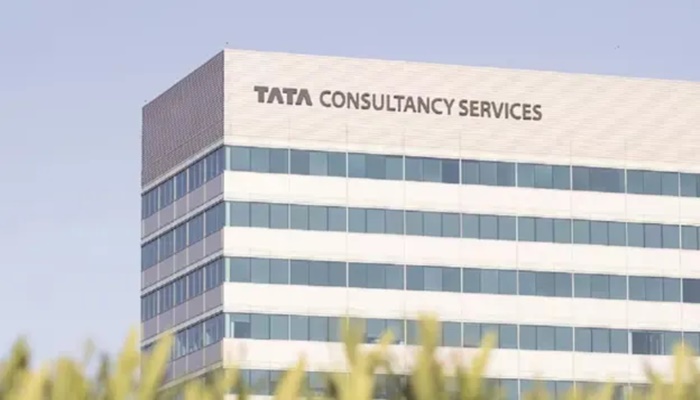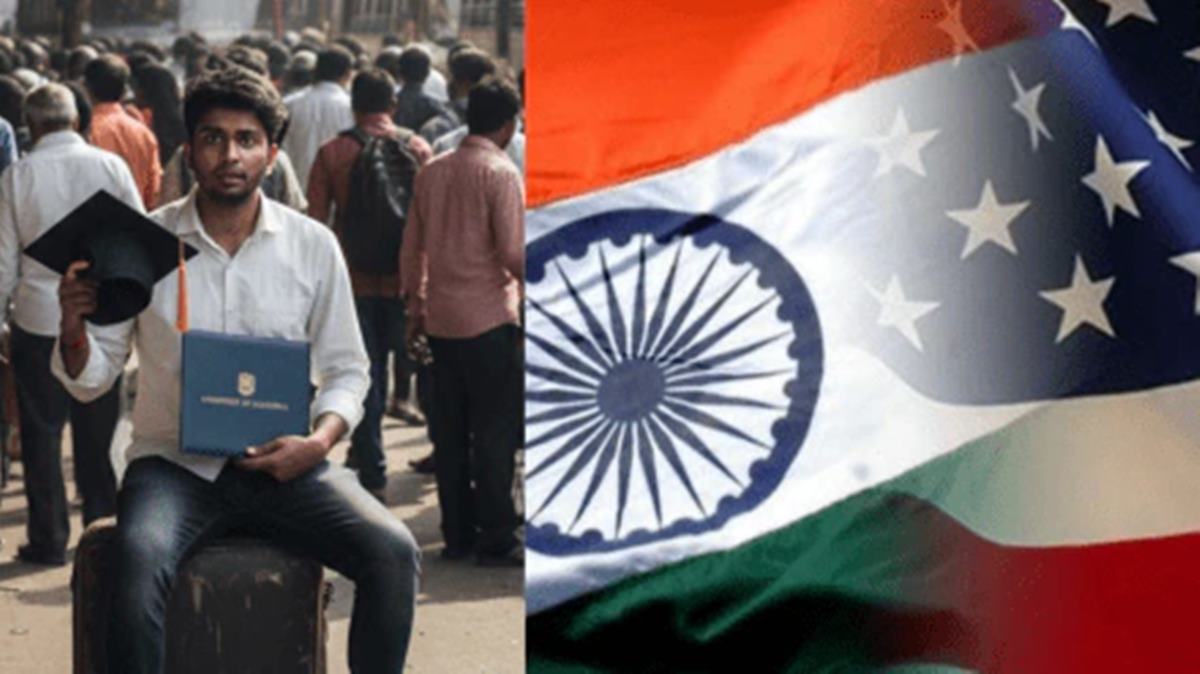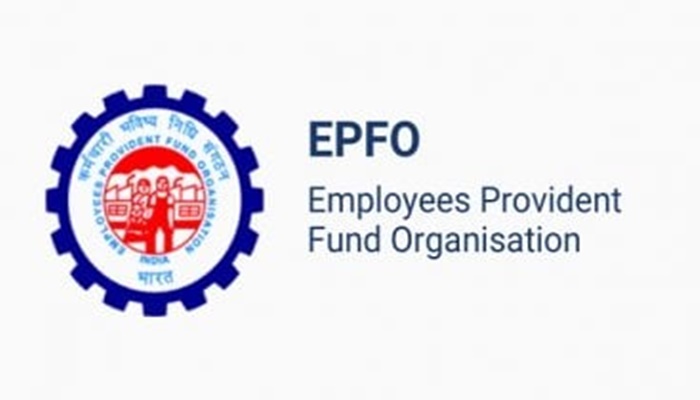Generative artificial intelligence (Gen AI) and Agentic AI are making some critical interventions to Uber’s core operations, thus improving productivity of its engineers, said an executive of the ride-hailing platform.
Some of these operations include customer support, relooking at the engineering development lifecycle and easing up driver on-boarding.
A lot of these systems used to be manually operated but AI agents and automation have reduced human intervention over the last few years.
“Let us consider that drivers are not able to go online. We have 3,000 services internally and the problem is where to start,” Praveen Neppalli Naga, global chief technology officer (CTO) of mobility and delivery, said in an interaction with Business Standard.
He added, “Now, we have a graph of all service calls which are monitored by AI and so if something is failing, we are able to identify the error quickly and detect the area of failure.”
Similarly, the entire on-boarding experience of drivers used to be manual with huge amounts of background checks and document verifications which took up a lot of time.
Uber now leverages AI to complete these tasks, resulting in quicker on-boarding of drivers.
For customer support, Uber uses a chatbot just like countless other companies that is automated. This, according to Naga, “improves quality and productivity. To understand the way a product works in a certain market, it involves reading documents. Now, we have the internal AI tools to answer it.”
Naga added that the use of Cursor, an AI code editor, has improved operations.
He said, “It is a tool we leverage, and helps us develop in an agentic way. That includes the development lifecycle, defining the product, coding, testing, deploying, monitoring and alerting. Here we use the AI models to understand which metrics went down so that the engineers can step in quickly.”
Uber, which has about 2,200 engineers in its two biggest engineering centres in Bengaluru and Hyderabad, said it will continue to hire at a steady pace. This will be in areas such as earner ecosystem, rider experience products, and marketplace teams.
The two centres handle critical functions for Uber, such as rider engineering, Eats engineering, infra-tech, data, maps, Uber for Business, fintech, customer obsession, and growth and marketing.
Its tech journey in India started in 2014 at a bungalow in Jubilee Hills, Hyderabad.
“We continue to foresee the needs over the next few years. We are doubling down on Shuttle and commute passes. And, on the delivery side, we have food delivery, which is big outside India. Also, there is the merchant ecosystem,” added Naga.
India remains a critical market for Uber with more than a million drivers, after the US and Brazil.
Company chief executive officer (CEO) Dara Khosrowshahi had said last year that India stands out as one of its fastest-growing markets. This, he said, is evident in both bookings and transactions.
He added that while larger markets typically exhibit gradual growth, India distinguished itself with rapid expansion.




















